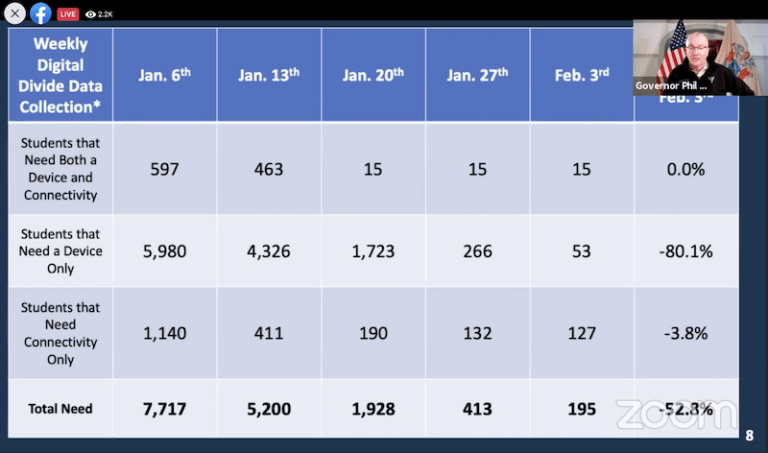By Jan Hefler, Staff Writer
As Rowan University grows by leaps and bounds, the administration is scrutinizing the role of adjuncts, the part-time professors who fill in the gaps in the teaching ranks.
Three months after raises were granted to adjuncts with the heaviest course loads, the administration is weighing whether it would be more economical to reduce their ranks and increase the number of full-time professors. The campus newspaper, the Whit, this month reported that adjuncts could be facing layoffs, and there is some tension on the campus as the new school year begins.
“Our plans are to hire 60 full-time faculty line positions over the next couple of years,” said Jose Cardona, a spokesman at Rowan, whose main campus is in Glassboro. “That’s our goal, and we need to look at how everything is structured.”
[…]Joseph Basso, president of American Federation of Teachers Local 2373, said the union would like the administration to convert the jobs into full-time positions. The union represents both the full-time faculty and the 3/4s at Rowan.
The issue of whether to phase out the 3/4s came up, he said, after a new contract with the faculty was ratified in July. The administration agreed to the union’s request for $600,000 worth of raises, called step increases, for all of the 3/4s. Previously, the 3/4s did not receive such step increases.
The change led to a reevaluation of the faculty and the economics of paying these wages, said Basso, who teaches public relations and advertising at Rowan.
“Ultimately I would like to get these folks more stability and money and benefits. In a perfect world, I would want them to all have full-time positions, where there’s a reasonable expectation of being hired. I would want them to be paid for the value they bring to the university,” he said.
Basso said the union is in negotiations with the administration and he is optimistic they can reach an agreement on these issues.
“The 3/4-time position was put into place when this institution was very different and a lot smaller. Now that it’s grown and we have 200 of them, it may be an outdated concept,” he said. “That’s what we are trying to fix and to see what’s best for all who are involved.”
More>>




